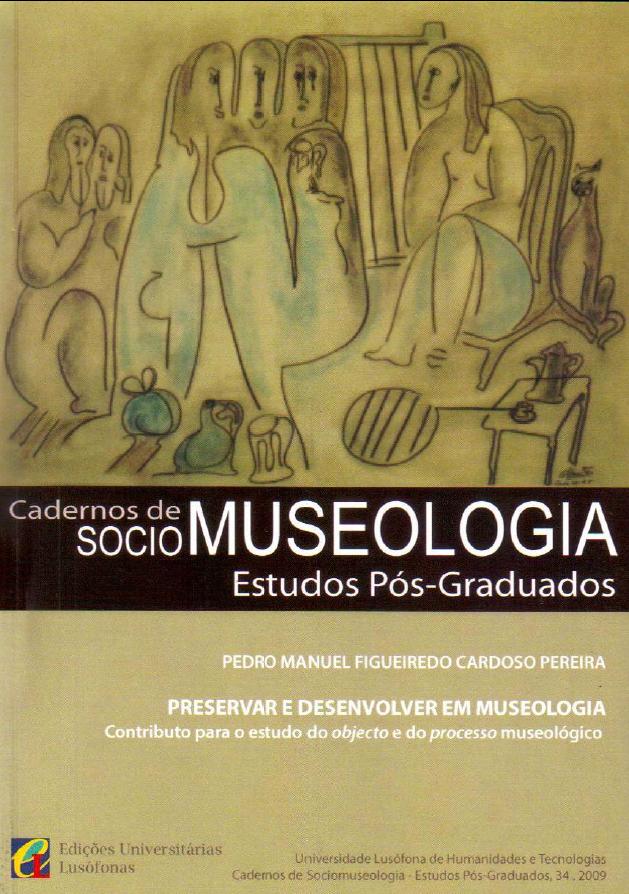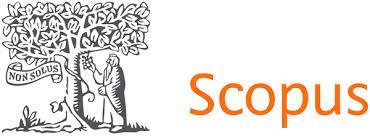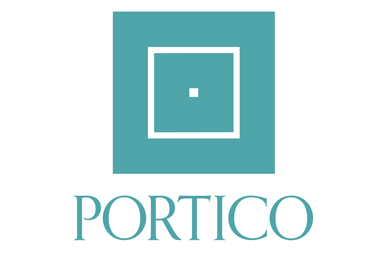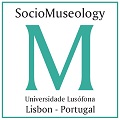Resumo/Abstract
Resumo
Resumo: Este trabalho procurou uma resposta para a aparente contradição entre os actos de preservar e de desenvolver no trabalho museológico. E desejava, com essa resposta, obter uma compreensão mais profunda sobre a Museologia. Utilizando a metodologia de investigação “Grounded Theory” (Glaser & Strauss, 1967; Ellen, 1992; Mark, 1996; Marshall & Rossman, 1999) adoptou a definição de museu dos Estatutos do ICOM (2001) como ponto de partida conceptual para o desenrolar da pesquisa. A - Com o esforço necessário à obtenção da resposta inicial o trabalho pôde alcançar os seguintes resultados: i) Discerniu as fases e a racionalidade do processo museológico, através do qual os objectos adquirem a “identidade patrimonial”. ii) Formulou o conceito de “objecto museológico” numa acepção distinta do de Património ou de “objecto patrimonial”, permitindo confirmar que a contradição formulada na hipótese inicial só poderia desaparecer, ou ser conciliada, num paradigma de trabalho museológico concebido como um acto de comunicação. iii) Propôs, em consequência, um diferente Programa para a orientação do trabalho museológico, demonstrando que garantiria ao património uma maior perenidade e transmissibilidade, sendo ainda capaz de incluir o património referente à materialidade, à iconicidade, à oralidade e à gestualidade dos objectos. iv) Propôs um Léxico de Conceitos capaz de justificar essas novas propostas. v) Sugeriu um índice de desenvolvimento museal (IDM = Σ ƒξ [IP.ID.IC] / CT.CR) para ser possível avaliar e quantificar o trabalho museológico. B – Para o objectivo de uma compreensão mais profunda da Museologia o trabalho alcançaria os seguintes resultados: vi) Verificou a necessidade de se dominarem competências de Gestão, para o trabalho museológico não se restringir apenas a um tipo de colecções ou de património. vii) Sugeriu, para ser possível continuar a investigar a Museologia como um novo ramo ou disciplina do saber, a necessidade estratégica de a ligar ao estudo mais vasto da Memória, apontando dois caminhos: Por um lado, considerar a herança filogenética dos “modos de guardar informações” entre os diferentes organismos e sistemas (Lecointre & Le Guyader, 2001). Por outro lado, considerar os constrangimentos ocorridos durante a ontogenia e a maturação individual que obrigam a ter em consideração, no processamento da memória e do património (codificação, armazenamento, evocação e recuperação, esquecimento), a biologia molecular da cognição (Squire & Kandel, 2002).
Palavras-chave: Museologia – Património - Memória - Processo Museológico - Objecto Museológico - Museu.
Abstract: The main goal of this work is to seek an answer for the apparent contradiction between to preserve and to develop in the scope of museum work. That answer will hopefully produce a deeper understanding on Museology. Using the investigation/research method “Grounded Theory” (Glaser & Strauss, 1967; Ellen, 1992; Mark, 1996; Marshall & Rossman, 1999), the definition of museum adopted was the one inscribed in the ICOM Statues (2001), and this was taken as a conceptual starting point for the development of the research. A – With the necessary effort put in obtaining the first answer, this work reached the following results: I) Discriminated the phases and rationality of the museological process, through which objects acquire its “patrimonial identity”. ii) The concept of “museological object” was formulated in a different sense than “heritage” or “patrimonial object”, allowing, this way, to confirm that the contradiction formulated in the initial hypothesis could only disappear, or to be conciliated, through a paradigm of museological work built as a communication act. iii) Consequently, it was proposed a different Program for the guidance of the museological work, thus demonstrating that this guaranties to heritage a greater perennity and transmissibility, being also able to include the patrimony related to materiality, iconicity, orality and gesture of the objects. iv) A glossary of concepts able to justify these new propositions was built. v) An Index of Museological Development (IDM = Σƒx [IP.ID.IC]/ CT.CR) was suggested, in order to make possible the evaluation and quantification of the museological work. B – To favour a deeper understanding about Museology, this work achieved the following results: vi) It was verified the need of mastering management competencies, thus avoiding the restriction to a given type of collections or patrimony/heritage. vii) It was suggested that, in order to be possible to continue to investigate/research Museology as a new branch or discipline of Knowledge, there is a strategic need for its connection to a wider study of the Memory, pointing out two possible paths: On one hand, to considerer the phylogenetic heritage of the “ways to save and to manage information” among organisms and systems (Lecointre & Le Guyader, 2001); and, on the other hand, the ontogeny constraints that make compulsory to consider the molecular biology of the cognition (Squire & Kandel, 2002), in the individual processing of memory and patrimony (encoding, storage, evocation and retrieval, forgetting).
Key Words: Heritage - Memory - Museological Process – Museological Object - Museology - Museum.
Downloads
Política para Periódicos de Acesso Livre
Autores conservam os direitos de autor e concedem à revista o direito de primeira publicação, com o trabalho simultaneamente licenciado sob a Licença Creative Commons Attribution que permite a partilha do trabalho com reconhecimento da autoria e publicação inicial nesta revista.













